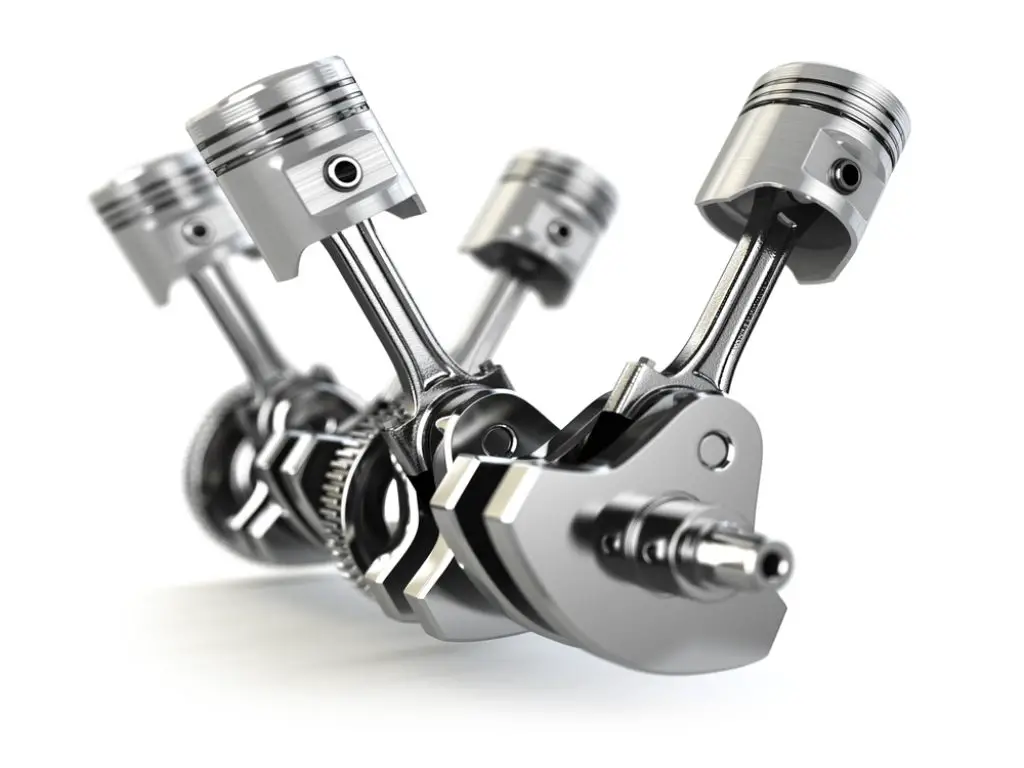We hope you love the products we recommend and just so you know that as an Amazon Associate EngineHoist.net may earn from qualifying purchases.
The Forgotten Engineers of Efficiency
In our ‘Engines Exposed’ segments, we usually discuss mainstream topics like turbochargers, camshafts, nitrous, and more. Today, we’re journeying into an obscure realm of automotive engineering that may be unfamiliar even to hardened gearheads – Otto, Miller, and Atkinson cycle engines.
If these names are foreign to you, don’t worry. The everyday driver doesn’t need to know the intricate details. However, in a world increasingly focusing on optimizing fuel efficiency, understanding these three contributors’ legacies could prove valuable.
Table of Contents
The Science of Combustion Dynamics
To fully grasp the differences between these engines, we must first understand some basics. The principle of combustion dynamics is critical in this regard.
- Fire versus Explosion: Fire is an uncontrolled burn, while an explosion is a rapid release of energy within a confined space, a concept that’s key to understanding engine operation.
- Compression and Combustion: During an engine cycle’s compression stroke, the air-fuel mixture’s volume decreases and temperature increases, causing combustion. This explosion drives the piston downward, powering the crankshaft and, subsequently, the wheels.
- Compression Ratio: This is the cylinder volume difference at the beginning and end of the compression stroke, usually expressed as a ratio like 9:1.
- Expansion Ratio: The reverse of the compression ratio, this is the ratio of the volume at the end of the combustion to the start, like 1:9.
- Work Produced: This is the difference between the work created by gas expansion during combustion and the work exerted on the gas during the compression stroke.
A Tale of Three Engines
In the quest for fuel efficiency, these three engines each address the balance of work during compression and combustion in their unique ways.
Otto Cycle
First conceptualized by Nicolaus August Otto in 1876, this engine is the common powertrain for most modern vehicles. It enhances power output by increasing the compression and expansion ratios, improving air-fuel mixture density, and capturing waste heat.
Atkinson Cycle
The Atkinson cycle, the brainchild of the English engineer James Atkinson, made its debut in 1882. Unlike the traditional Otto cycle that powers most gasoline engines, the Atkinson cycle employs a unique thermodynamic process designed for enhanced fuel efficiency.
Leading car manufacturers have adopted the Atkinson cycle in their range of hybrid vehicles. Interestingly, some of these companies also offer non-hybrid models that can alternate between the Atkinson and Otto cycles, depending on the driver’s needs.
Balancing Efficiency with Power
While the Atkinson cycle outperforms the Otto cycle in fuel efficiency, it does come with a trade-off – diminished power output. This reduction in power has primarily kept the Atkinson cycle from being universally adopted in non-hybrid vehicles.
However, innovative automotive manufacturers have developed two strategies to mitigate this challenge:
- For their non-hybrid models, these manufacturers have implemented an engine system that can seamlessly transition between the Atkinson and Otto cycles in real-time, adapting to the power demand from the driver.
- In hybrid vehicles, manufacturers combine the Atkinson cycle engine with an electric motor. This electric motor complements the reduced power output of the Atkinson cycle by providing additional power from the hybrid battery as required.
Diving Deeper into the Atkinson Cycle
The key distinguishing factor between the Otto and Atkinson cycles is the equality, or the lack thereof, of the compression and expansion strokes. In an Otto cycle engine, these strokes are equal. However, the Atkinson cycle deviates from this symmetry.
In an Atkinson cycle engine, the intake valves stay open for a longer duration, resulting in a portion of the air-fuel mixture being pushed back into the intake manifold. This extended valve operation alters the start of the compression cycle, consequently reducing the volume of the air-fuel mixture in the cylinder. As a result, the expansion stroke is more extensive than the compression stroke, allowing more energy extraction from the burnt fuel before it’s expelled through the exhaust.
Furthermore, by keeping the intake valve open during part of the compression stroke, the piston encounters less resistance on its upward movement. This reduction helps minimize the engine’s pumping losses, which are essentially the power consumed by the engine to pump air and fuel in and out.

Embracing Efficiency with the Atkinson Cycle
For both hybrid and non-hybrid vehicles, leading car manufacturers use the Atkinson cycle to optimize fuel efficiency. Paired with innovative engine management systems and hybrid powertrains, these vehicles accomplish a significant feat – improved efficiency without compromising performance.
However, it’s important to note that the specifics and functions of the Atkinson cycle may vary across different car models. For accurate details, always refer to your vehicle’s owner’s manual.
Miller Cycle
The Miller cycle engine, introduced by Ralph Miller, closely aligns with the Atkinson cycle concept but uses a supercharger to increase air-fuel mixture density in the cylinder, compensating for the power loss inherent to the Atkinson cycle.
Comparative Analysis: Otto vs. Atkinson vs. Miller
| Engine Type | Inventor | Year of Introduction | Core Strategy | Example |
|---|---|---|---|---|
| Otto Cycle | Nicolaus August Otto | 1876 | Increases power by enhancing compression and expansion ratios, and improving air-fuel mixture density | Majority of modern cars |
| Atkinson Cycle | James Atkinson | 1882 | Maintains expansion ratio while reducing compression ratio, reducing work during compression and boosting work from combustion | 2015 Prius |
| Miller Cycle | Ralph Miller | 1957 | Similar to Atkinson cycle but uses a supercharger to increase air-fuel mixture density | Mid-1990s Mazda Millenia |
The Future of Engine Design
Engineers continually seek innovative ways to extract every bit of energy from fuel. Consequently, we can anticipate a proliferation of unconventional engine designs in the coming years, including alternative rotary designs. Until then, we remain dependent on the pioneering contributions of Otto, Miller, and Atkinson.








